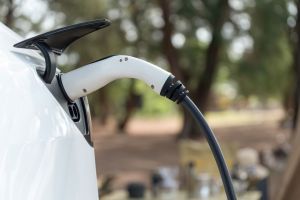We Asked Users
This survey was presented to a prequalified TCD audience in contextually relevant web articles and newsletters.
Survey participants self-selected two times, first when deciding to consume the host content and then again when deciding to participate in the survey.
How often do you feel hopeful about the future of the planet when you read news stories or watch entertainment content?
Please select one.
How often do you feel hopeful about the future of the planet when you read news stories or watch entertainment content?Survey Results
3,606 Risk Focus:
69 Waste Focus:
708
Aggregate Insights
"Rarely" and "Never" accounted for 53% of the total vote, suggesting that even consumers who actively seek out TCD's hope-oriented brand don't typically consume hopeful content.
The 21% vote share for "Often" suggests that a meaningful percentage of consumers manage to consistently find positive environmental stories.
Further polling could (a) ask the same question of non-TCD readers to see whether the relatively strong performance of "Often" and "Sometimes" holds true in the wild and (b) ask follow-up questions about personal behaviors to determine whether consumption of hopeful media motivates sustainable lifestyle choices.
Contextual splits are determined by the topical focus and interests of the audience members participating in the survey, as described in more detail in the Insights and Methodolgy sections below.
3,606 Risk Focus:
69 Waste Focus:
708
Split Insights
The relative overperformance of "Rarely" and "Never" with risk- and waste-focused audiences suggests that personal browsing habits can predispose consumers to an excess of less hopeful stories.
In the same vein, the relative overperformance of "Often" and "Sometimes" with the progress-focused audience suggests that consumers can self-select to consume more hopeful content.
Further polling could attempt to distinguish between active and passive consumption — i.e., stories that consumers seek out vs. stories that are suggested to them in algorithmic browsing — to determine whether hopeful content requires a more determined discovery effort.
Methodology
This poll was conducted among an audience of TCD readers via distribution in 7 syndicated web articles. It received a total of 3,181 responses and generated segmented data across 3 primary contextual splits.
The poll question and choices were presented to respondents as follows:
TCD surveys are embedded inline in contextually relevant web articles and newsletters. Survey participants self-select two times, first when deciding to consume the host content and then again when deciding to participate in the survey.
Contextual splits are determined by the topical focus and interests of the audience members participating in the survey. Split analysis explores the degree to which different messages — and the self-selected participants who seek them out — can shape consumer sentiment.







